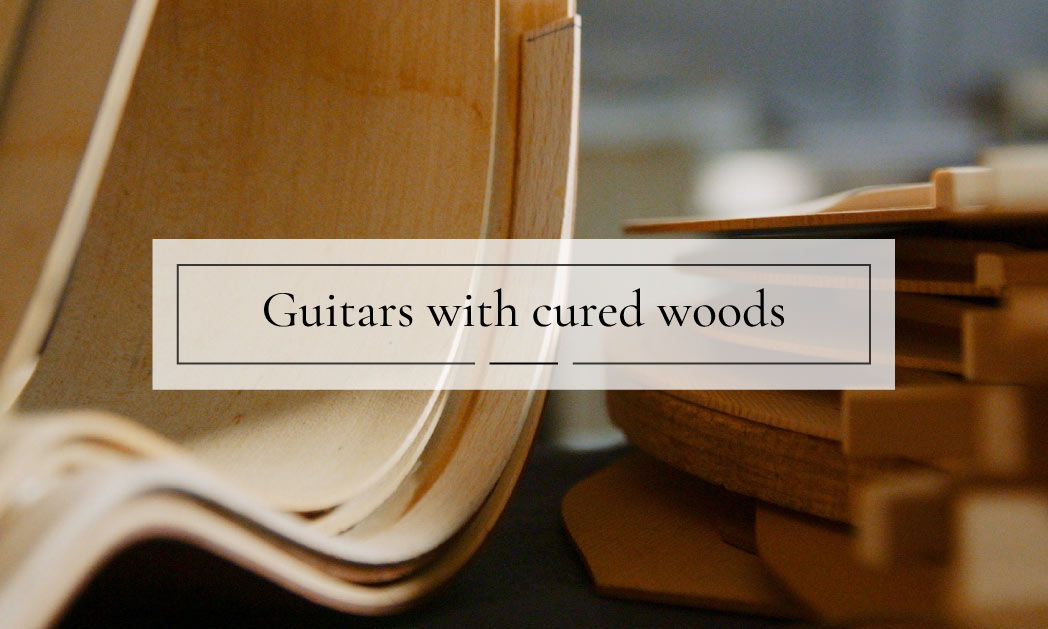I often hear comments saying that the guitars from the 60’s and 70’s are better than today’s. The answer is simple and logical, and it is also not without poetic components that must be valued.
Fusion of guitarist, guitar maker and woodwind players
If we refer to guitars from the 60s/70s, we are talking about instruments which wood are more aged, which resins are more crystallized , and which varnishes are well-settled. And this is just in the case of guitars that have never been played. But if, in addition, they are guitars that have been used regularly, the greater the frequency, the more mature the sound will be.
It is easy to imagine the sound vibrations traveling along the grain of the wood, penetrating the resins and the varnish, impressing their notes, their melodies, their feelings in them… and also how the musician plays, his action , his rhythm and his color added to that communion between the guitarist and the guitar… how can they not sound better than others with less experience and seniority?
For all these reasons, we always recommend respecting the original varnish of a guitar, except when it is absolutely necessary because the instrument is badly damaged, since removing its varnish is like stripping it of part of its baggage and its unique character.
Guitars in bad use
Then one would have to wonder what happens with a guitar that has been mistreated, abandoned, forgotten in a corner, neglected, for months or, worse still, for years. It is delusional to expect that guitar to express the beauty for which it was created.
No matter how well cured its wood are and no matter how settled the varnish is, it is unlikely that it will be able to express its best. Needless to say, it will surely need to be repaired, readjusted, to give it a second chance in the warmth of the right hands.
So age is not necessarily a guarantee of quality. It is, of course, the good work of the craftsman who built it, and also the care of the guitarist who chose it. It is what we call teamwork.
We have in our collection guitars that Andrés Segovia used for a long time and that are impregnated with his sound, which is why we don’t like to let other guitarists play them so as not to distort the memory printed on them. And if we have ever accepted that someone play them, it has been in a very exceptional way and always on the condition that it was for a very brief time in which we had the privilege of enjoying an echo of the soul that Segovia left embodied in the woods of he. And always recognized by everyone present at such special moments.
For me that is the definitive proof of the fusion between the soul of the guitarist, the guitar player and the woods that shape the instrument.
Amalia Ramírez
May 2, 2023


